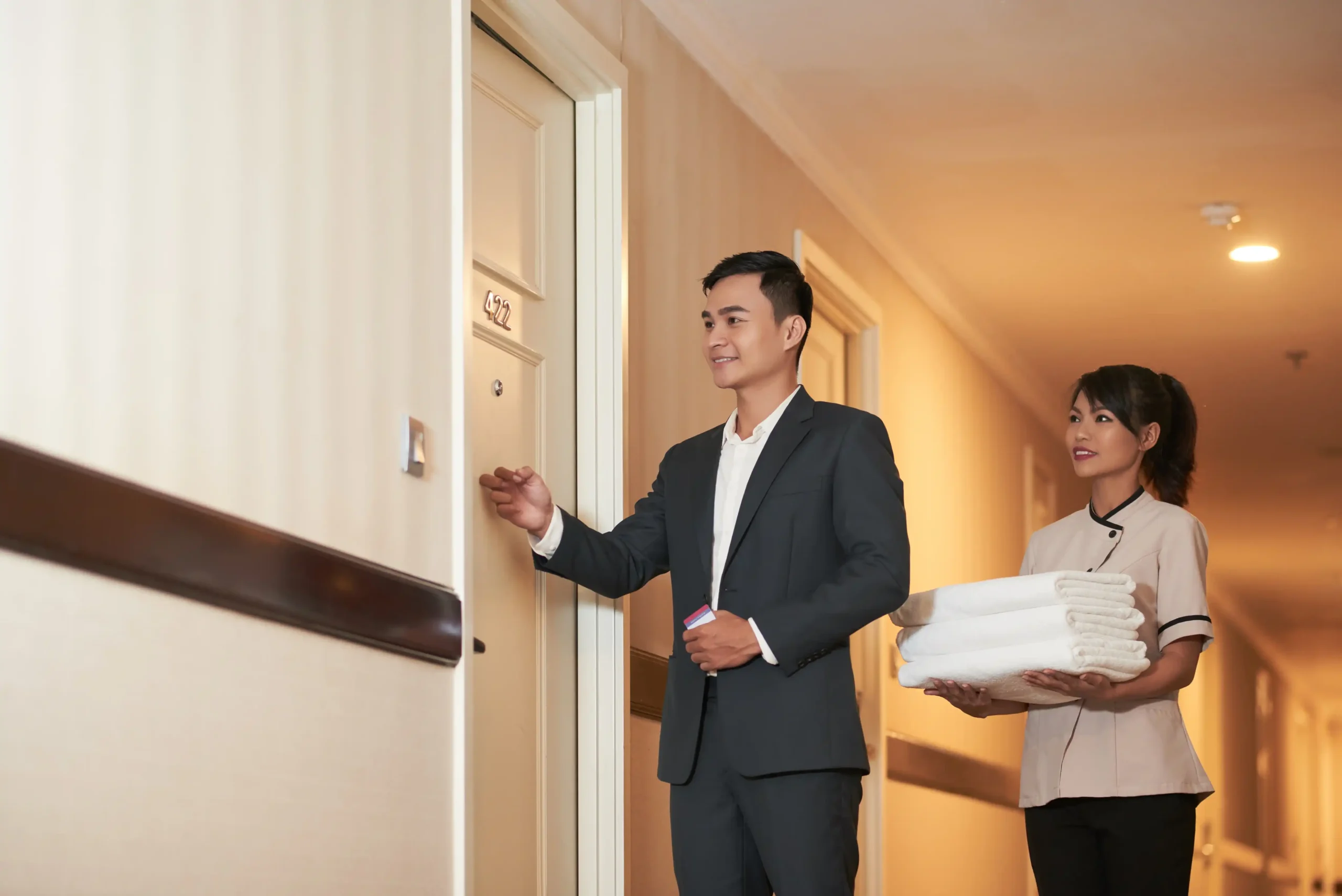Setting your hotel brand apart is crucial to establishing a firm customer base. This is true of small, independently owned hotels, as well as national chains. But your hotel lobby isn’t the only place style matters. Your website is likely to be your guests’ first encounter with your brand. As more of our world becomes digital, travel and hospitality brands feel an even stronger need to shift their marketing strategies in a way that smartly targets guests where they are spending most of their time.
How can your brand help create a positive user experience?
As hoteliers rely more heavily on the digital era, a hotel’s website and booking engine (BE) is now the place where the guest experience begins. Long before a traveler enters your facility to be greeted by a hospitable staff, their experience with your business starts the moment they’ve visited your website. Having consistent styling that matches your brand plays a key role in defining your user experience (UX) in order to create a positive and lasting impression. Don’t forget, your brand immediately defines who you are. It is more than just your logo. Not only does it help build an emotional connection with your guests, it gives them a clear sense of purpose and direction. Learn about how we helped Baglioni Hotels improve customer experience and gain a 20% rise in OTA bookings.
Styling should never clash with your hotel’s brand image
The intended look-and-feel of your BE has a direct influence on the User Experience (UX). If visual and other inconsistencies arise potential guests may take this as an indication of how your hotel is run and your hotel brand’s reputation will take a hit. Or, they may abandon the experience entirely.
To keep this from occurring, ensure the design of your BE is very clean and well-organized. This point is even more important for the mobile experience, where space is at a premium. For instance, avoid the use of dark colors in the calendar. Dark colors tend to make dates and checking availability hard to see and this doesn’t support your objective of making it easy for visitors to make a reservation.
Our UX team designed the SynXis Booking Engine to be highly configurable regarding colors, fonts, and styles to showcase your products, reflecting quality and sophistication. Here are some tips our design team has found to enhance UX:
- Use light and high-contrast colors in highly interactive areas such as the calendar
- Don’t try and fill up the extra space – the space around images and text create a clean look that best showcases your products and is inviting to guests
- Neutral colors with one or two accent colors are more sophisticated than a pallet of many colors; accent colors, especially more saturated ones, work well for buttons and calls to action (CTAs)
- Good contrast adds to that clean look users respond positively to; for example, if your colors are bold, consider white as a base color and use your bold brand colors in contrast
- Type fonts are one of the most common interface design elements; they should be consistent with your brand and be easily uploaded or utilized from an online font library
- Type scale enables you to indicate content hierarchy; sizes and styles are designed to balance content density for increased readability
- Make use of custom content areas to add what you think guests need to know or to showcase specific products or special rooms like the penthouse suite. Don’t miss the webinar on this topic coming soon.
Leave a great impression with every visitor
To make your hotel’s first impression a lasting one, a large banner or hero image can remind guests of the property’s best features when they are deciding to book. As we stated in the first blog of this series, inspiration drives conversion. Give potential guests what they need to visualize themselves staying in your hotel.
Be sure to keep following this UX blog series as we cover other key learnings our team has amassed proven to boost your hotel’s booking performance.
